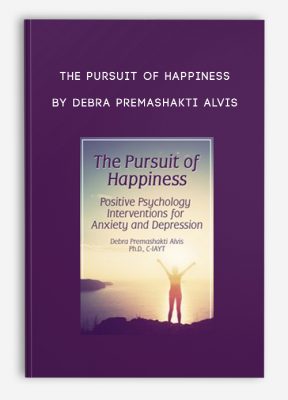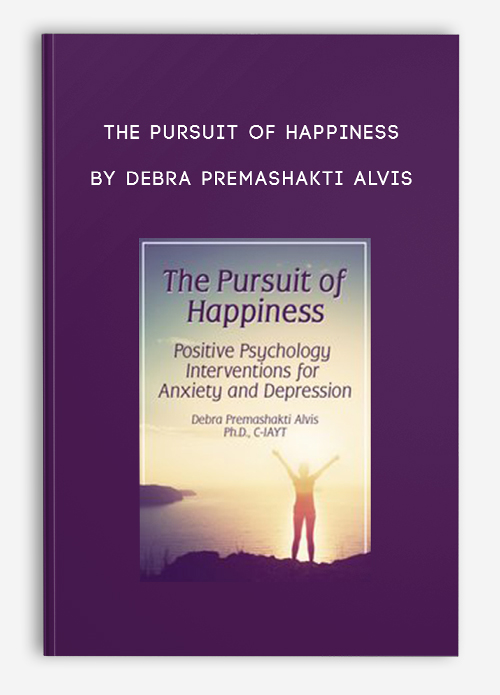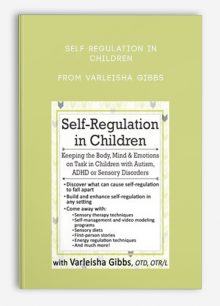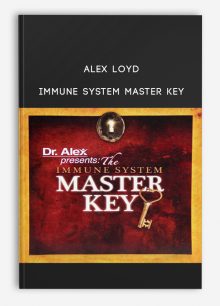The Pursuit of Happiness: Positive Psychology Interventions for Anxiety and Depression by Debra Premashakti Alvis
$219.99 $62.00

The Pursuit of Happiness: Positive Psychology Interventions for Anxiety and Depression by Debra Premashakti Alvis
**More information:
Get The Pursuit of Happiness: Positive Psychology Interventions for Anxiety and Depression at Salaedu.com
Description
- Understand how happiness is fostered in the brain
- Implement strategies for long lasting changes in life satisfaction
- Enhance positive emotions and navigate painful ones
- Tailor interventions to specific clients & clinical concerns
During the past decade, psychology research has discovered how we can become happier and flourish. Happiness can improve physical and mental health, and has been shown to increase life satisfaction. This new science of happiness offers revolutionary approaches for clinicians promoting a shift from problem oriented focus to an emphasis on strengths, virtues and optimism. Now, more than ever, individuals, families and organizations need help in building resiliency, maintaining the motivation to sustain through difficult times, and recognizing hidden possibilities – all offerings of positive psychology.
Positive psychotherapy can provide effective, evidence-based tools for recovery from anxiety, depression, substance abuse, and distressing relational patterns. Continued practice of these recovery skills rewires the brain to experience greater happiness – and better living.
This experiential seminar recording demonstrates how to harness the power of positive psychotherapy to increase your happiness and the happiness of your clients. Through lectures, clinical examples, and small group work you will learn brief, easily implemented interventions. You will take home tools to measure happiness, fuel resiliency and develop keys for thriving. You will review scientific evidence supporting this approach in clear language designed to encourage and motivate clients. Detailed handouts will further support integration of the workshop material. You will complete this seminar recording with new, effective tools to improve clinical outcomes and support therapist renewal. Practitioners experienced in positive psychology and those new to this approach will benefit from this seminar.
At the end of this recording, you will feel renewed, optimistic and with effective tools for supporting your happiness and the happiness of your clients.
- How positive psychotherapy transforms clinical practice
- The biological purpose of happiness
- Benefits of happiness: health, wealth and longevity
- How much happiness can we develop?
- The positivity ratio
- How positive emotions increase options
- Key contributors to happiness
- Debunk myths of happiness
- Savor and appreciation
- Fuel resilience
- Motivation and engagement
- Buffering from unhappiness
- Balance realism and optimism
- Increase positive emotions
- Identify your calling
- Career & life daydreams
- Share your calling
- Values clarification
- Connect with others
- Increase micro moments of love
- Engage the five defining virtues for happiness
- Mindfulness and yoga: seize the moment
- Assess happiness and resiliency
- Individualize positive psychotherapy strategies
- Tools for working with intense emotions
- Applications for:
- Anxiety
- Depression
- OCD
- ADHD
- Relationships
- PTSD/Trauma
- Substance Abuse
- Improve clinical outcomes through therapist happiness
- Infuse flow and positivity in the clinical day
- Optimism and energy quickies
More information about Medical:
Medicine is the science and practice of establishing the diagnosis, prognosis, treatment, and prevention of disease.
Medicine encompasses a variety of health care practices evolved to maintain and restore health by the prevention and treatment of illness.
Contemporary medicine applies biomedical sciences, biomedical research, genetics, and medical technology to diagnose, treat, and prevent injury and disease,
typically through pharmaceuticals or surgery, but also through therapies as diverse as psychotherapy, external splints and traction, medical devices, biologics, and ionizing radiation, amongst others.
Medicine has been around for thousands of years, during most of which it was an art (an area of skill and knowledge) frequently having connections to the religious and
philosophical beliefs of local culture. For example, a medicine man would apply herbs and say prayers for healing, or an ancient philosopher and physician would apply bloodletting according to the theories of humorism.
In recent centuries, since the advent of modern science, most medicine has become a combination of art and science (both basic and applied, under the umbrella of medical science).
While stitching technique for sutures is an art learned through practice, the knowledge of what happens at the cellular and molecular level in the tissues being stitched arises through science.
1 review for The Pursuit of Happiness: Positive Psychology Interventions for Anxiety and Depression by Debra Premashakti Alvis
Add a review Cancel reply
Related products
HEALTH - FITNESS - LIFESTYLE - MEDICAL
HEALTH - FITNESS - LIFESTYLE - MEDICAL
HEALTH - FITNESS - LIFESTYLE - MEDICAL
Fitness Mentors – Audio Lectures, Practice Tests and Study Guide for the NASM CPT Ex
HEALTH - FITNESS - LIFESTYLE - MEDICAL
HEALTH - FITNESS - LIFESTYLE - MEDICAL
HEALTH - FITNESS - LIFESTYLE - MEDICAL
HEALTH - FITNESS - LIFESTYLE - MEDICAL
HEALTH - FITNESS - LIFESTYLE - MEDICAL










Trevis Trevis –
This is one of the most beautiful website and you can check the reviews of my website here: https://salaedu.com/clients-proof-and-reviews/